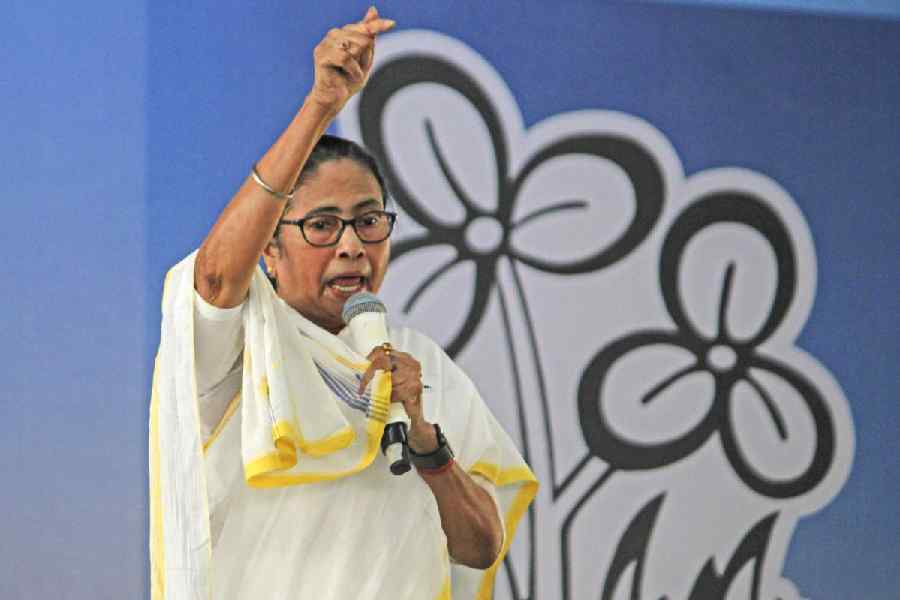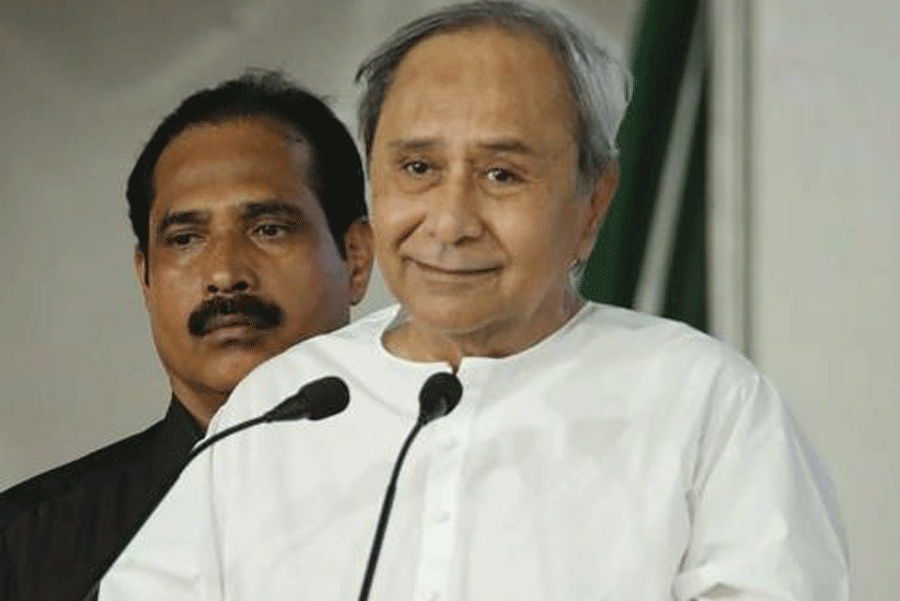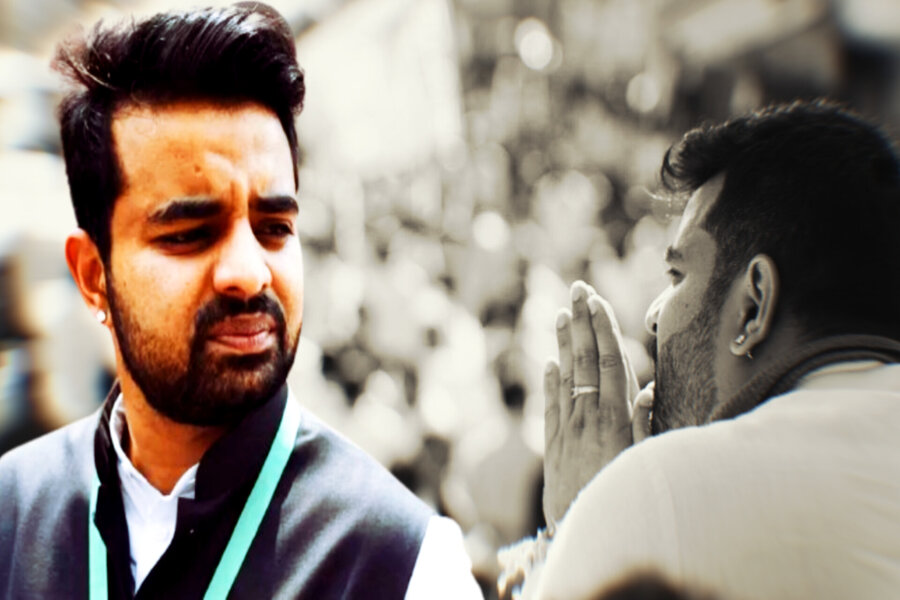The demand for and the debate over the Uniform Civil Code is as old as the Indian Republic. The Constituent Assembly discussed it (B.R. Ambedkar, Hansa Mehta, Amrit Kaur and Minoo Masani were strong proponents), the Supreme Court has repeatedly emphasised its necessity, and many governments have vacillated over its enactment. Finally, the Uttarakhand Assembly in Dehradun has enacted a UCC. It is yet to be notified.
The response to this Code has been predictable — intense polarisation and a discussion around its political motivations. What is missing is a balanced parsing of its contents.
First, a fundamental question — what, in fact, is a UCC? Its foundation is family law — an area that interfaces directly with the day-to-day lives of ordinary Indians as it deals with aspects such as marriage, divorce, adoption, custody and inheritance. Even today, the majority of Indian family law is housed within “personal law” — distinct rules which apply to persons depending on their religious identity. Drawn from classical religious texts, personal laws discriminate on the basis of gender and the outdated conceptions of the family. At its core, the UCC is a legal reform project — an opportunity to rationalise and modernise a fragmented and archaic area of law.
Where does the Uttarakhand Code fit into this picture? What are its contents? Is it a net positive? Does it achieve the full potential of an ideal UCC?
A broad overview
The Code contains three parts dedicated to regulating marriage, succession and live-in relationships — and a fourth part with some miscellaneous provisions. It applies uniformly to all persons who have been residing in Uttarakhand for at least a year, irrespective of their religion. It also applies to certain other “residents” even if they do not live in the state — for example, beneficiaries of any government scheme (central or state) which are applicable in Uttarakhand. It does not apply to any member of Scheduled Tribes, who will continue to be governed by their tribal customs and practices.
What are the highlights of marriage and live-in relationships?
Polygamy has been abolished. Of course, polygamous marriages validly solemnised before this Code becomes law — for example, in the case of Muslim men — will not be affected. Identical grounds for divorce now exist for both genders — for example, earlier under the Hindu and Christian law as well as the Special Marriage Act, only the wife was entitled to obtain a divorce if her husband was guilty of rape, sodomy and bestiality after the marriage.
As a concept, the illegitimacy of children has been wholly abolished. Now, children born out of wedlock (for example, the child of a live-in couple) are entitled to the same rights as those born to a married couple. Giving effect to the principle that a child should not be disadvantaged simply for being born outside wedlock, this is a laudable reform.
The provisions on live-in relationships mandate registration, both for residents of Uttarakhand who live outside the state as well as for non-residents who live in it. If one of the partners is less than 21 years of age, the registrar is duty-bound to inform his or her parents. Failure to register attracts imprisonment of up to three months and/or a fine of up to Rs 10,000.
What are the highlights of succession?
Broadly, men and women have equal inheritance rights. This is a welcome change. Earlier, for example, for a deceased Hindu man, his mother would inherit all their property to the total exclusion of his father. For deceased Muslims, their son would inherit twice the share of the daughter. Additionally, discrimination has been largely done away with among deceased persons whose property is being inherited. Earlier, the Hindu law followed vastly different schemes of succession for men and women.
All property can now be willed away. Earlier, for Muslims, only one-third could be distributed through a will and the remainder would have to pass through the rules of succession. The distinction between ancestral property and separate property, formerly applicable to the Hindus, has been abolished. Earlier, only select members of the family were entitled to a share in the family’s ancestral property — a system rooted in archaic notions of jointness of food and worship. It remains to be seen whether and how income tax law, which provides wide-ranging benefits to Hindu undivided families, will be amended to reflect this landmark change.
What are some missed opportunities?
Non-heterosexual relationships entirely have been disregarded. Even live-in relationships are limited to heterosexual couples. There is no change to the differential ages of marriage for men (21) and women (18) — a distinction largely based on traditional gender stereotypes.
Matrimonial remedies largely remain the same — despite the Supreme Court recognising irretrievable breakdown of marriage as a ground for divorce, this Code has not incorporated it. “Restitution of conjugal rights”, a remedy which enables a spouse to force an unwilling partner to return to the matrimonial home, has been retained. Introduced during the British Raj and sustained after Independence, this shocking concept violates privacy and sexual autonomy.
On wills and administration of estates, the Indian Succession Act (ISA) has been reproduced. The ISA, as with many other colonial legislations, is based on a disturbing premise — elaborate rules of interpretation are necessary because the natives could not be trusted with documentation. Of the 392 sections in the Code, 317 (80 per cent)
deal only with this subject. By making the process of writing or interpreting wills and administering estates straightforward, this was an opportunity to make the Code a pithy and accessible document.
Additionally, will-making is still stuck in the analogue era. Given the experience of the pandemic, this was an ideal opportunity to recognise and give effect to electronic wills, following the lead of the USA, the UK, Canada, Australia and South Africa.
Adoption and guardianship reform have been wholly left out, and in these respects, personal law — which prioritises the interests of fathers over mothers — continues
to apply. If the law on marriage, divorce and succession can be uniformised, it is hard to understand why the law on adoption cannot. Muslim persons in Uttarakhand, for example, still cannot adopt under their personal law — which bars it.
Overall, this is a missed opportunity to have emerged with a forward-thinking draft to set the tone of Indian family law for years to come. Before reproducing the Uttarakhand Code, other states should be mindful — it is a good template to start with, but while populating it, if the core objective of the UCC (that is, family law reform) is to be achieved, extensive research, deliberation and consultation with subject-matter experts will be paramount.











